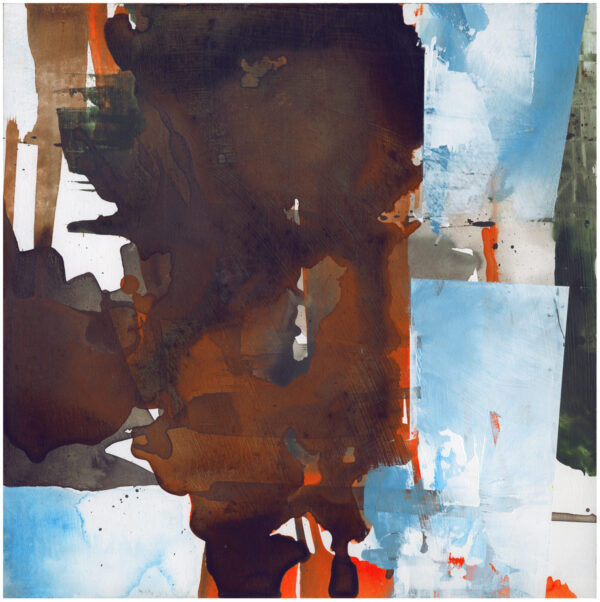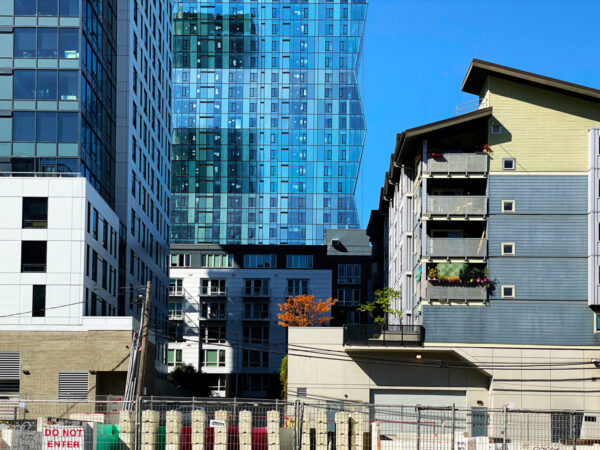
A visit to the Seattle Asian Art Museum, and a walk through change
In most museums sunlight is an unwelcome visitor. Light degrades what it warms. It is known to singe manuscripts until the edges crumble; it fades brocade and upends the narrative as the sword above the stag’s head turns from bloody to gray. Perhaps (though the back of the tapestry tells another story), it was not a hunt scene after all? History embrittles until truth hovers on the cusp.
Conservators learn: all interventions must be reversible. Do no harm, operate like a surgeon; use a fine brush, needle and thread, cotton soaked in brine. The ambered sky of a Dutch Harbor is lifted and revised– yet it may be revised again, when we know even more about the intended color of the afternoon.
Sunlight has no such mandate. Nor do the architects. In their contract skyscrapers need not return to 1930’s rooming house, or the even earlier logger’s cabin, nor must conservators be able to excavate the mastodon in the basement or lay out his bones in order. There is no past, all contracts are broken, there is only now, and it looks tall.

On Saturday morning I walked through the part of the city I call The Amazon, named for the river of money that flows through it. Streets were empty, stilled, and the only sounds were pennants rattling above construction sites and the thrum of machines that keep the buildings alive and young. The air was luxurious, as it has been all summer, but more particularly now as September days lead into fall. In the 13 years since I started documenting the neighborhood nearly everything old is gone. What is precious is vanishingly rare, and redefined by transience: the angle of light where it can steal through glass and concrete, a balcony still hugging privacy while another story waits to complete itself ten feet away. In a week the balcony will be in shade, eye to eye with a stranger’s living room. [Read more…]